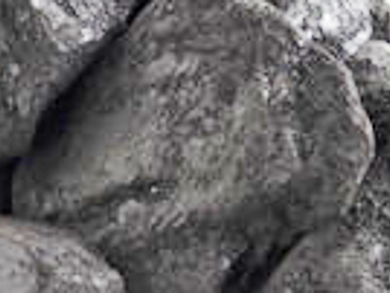Fumio Inagaki, Japan Agency for Marine-Earth Science & Technology, Kochi, Kai-Uwe Hinrichs, University of Bremen, Germany, and colleagues have studied the microbial communities associated with deep sub-seafloor coal beds, which are widespread along the Western Pacific continental margins offshore the Shimokita Peninsula of Japan. Using a riser drilling system aboard the research vessel R/V Chikyu, the deepest scientific borehole to date was drilled.
The team found steadily decreasing cell concentrations from ~109 to ~107 cells cm–3 in the “shallow” sub-seafloor. Raw cellular concentrations were substantially lower in the “deep” sub-seafloor, ranging from ~102 to 103 cells cm–3. They exceeded this range in coal-bearing horizons ~1.5 to 2.5 km below the seafloor.
In these coal layers microbes were found to generate methane. The microbes have been retained for about 20 million years in these formerly terrigenous sediments.
- Exploring deep microbial life in coal-bearing sediment down to 2.5 km below the ocean floor,
F. Inagaki, K.- U. Hinrichs, Y. Kubo, M. W. Bowles, V. B. Heuer, W.- L. Hong, T. Hoshino, A. Ijiri, H. Imachi, M. Ito, M. Kaneko, M. A. Lever, Y.- S. Lin, B. A. Methe, S. Morita, Y. Morono, W. Tanikawa, M. Bihan, S. A. Bowden, M. Elvert, C. Glombitza, D. Gross, G. J. Harrington, T. Hori, K. Li, D. Limmer, C.- H. Liu, M. Murayama, N. Ohkouchi, S. Ono, Y.- S. Park, S. C. Phillips, X. Prieto-Mollar, M. Purkey, N. Riedinger, Y. Sanada, J. Sauvage, G. Snyder, R. Susilawati, Y. Takano, E. Tasumi, T. Terada, H. Tomaru, E. Trembath-Reichert, D. T. Wang, Y. Yamada,
Science 2015, 349, 420–424.
DOI: 10.1126/science.aaa6882




